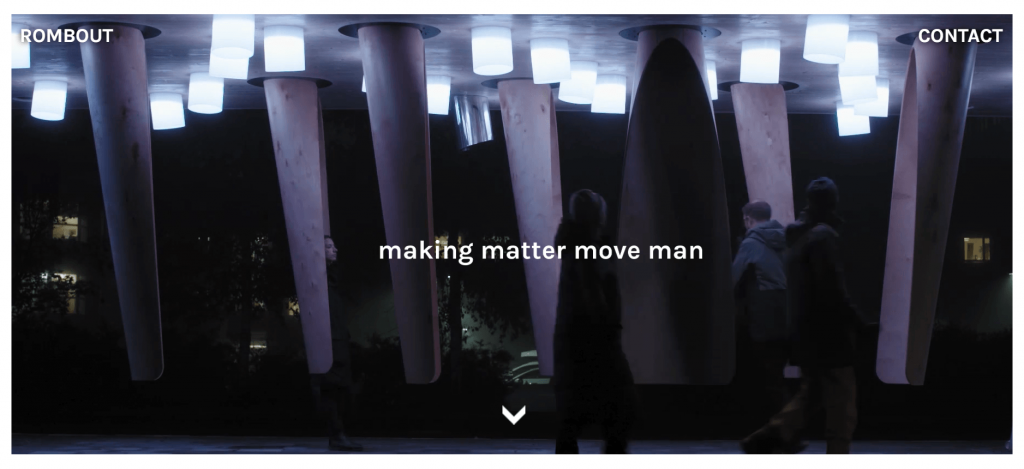On 20 March, designer Bin Ong Kian Peng gave a lecture on artificial intelligence and how it has integrated with art – thus thinning the boundaries that separate art and science.
Artificial Intelligence is very prominent in today’s digitally advanced society, and it definitely has played an essential role in research, projects and everyday life. It has come to a point where all of us rely very heavily on artificial intelligence (robots, facial recognition etc.). It is very interesting how this concept, that is created by science and maths, can be integrated into the visual arts scene as well, especially for interactive installations.
Bin Ong Kian Peng mentioned artist Refik Anadol, whose works I have actually been admiring quite a lot on social media. He creates visually pleasing riveting data installations. He uses the illusion of depth as he always makes the main substance look like it is encased in a box.

Refik Anadol is a Turkish media artist who is currently a lecturer and visiting researcher in UCLA’s Department of Design Media Arts. He works with site-specific public art with parametric data sculpture approach and live audio/visual performance with immersive installation approach.
His Melting Memories exhibition is quite iconic as it translates the elusive process of memory retrieval into data collections, which is then displayed in the installation. American philosopher John Dewey said ‘Science states meanings; art expresses them’. Refik Anadol’s work helps to blend these 2 together to support what he sees as the principal modes of communication in both disciplines. The movements in the artwork is generated through the person’s brainwaves when certain memories are triggered, which activates unique algorithms for the artist to use.
Artificial Intelligence comes in at the communication between the brainwaves and the movement of the work. The usage of cutting edge technology and algorithms help his audience to better understand the power of artificial intelligence when it comes to visual feedback, and also better link them to more foreign topics such as memory collection and the brainwave patterns.
All in all, Bin Ong Kian Peng’s lecture on this topic and also using this artist’s work as an example is a very effective way of showing the strengths of artificial intelligence in the art scene, thus allowing us to better understand the artist’s intentions and techniques.






